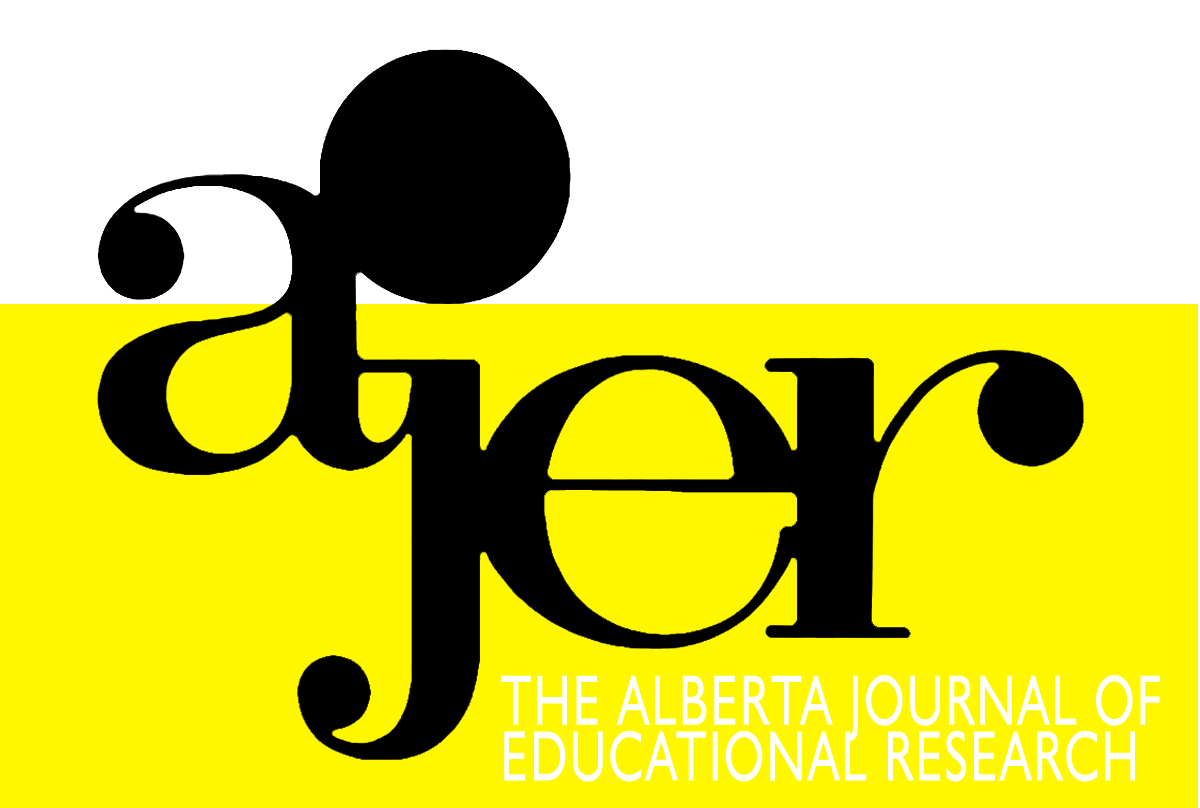From Thought to Words to Print: Early Literacy Development in Grade 2
DOI:
https://doi.org/10.55016/ojs/ajer.v60i3.55864Keywords:
Early literacy printing, spelling, vocabulary, Mots clés, écriture en littératie précoce, orthographe, vocabulaireAbstract
This study examines the relationship of the underlying skills of printing, spelling and vocabulary choices as they influence the quality of writing at the end of Grade 2. Four classes of Grade 2 (N=85) writing in response to an expository prompt were scored holistically on a trait based rubric, then scored for spelling accuracy and control/legibility of printing. The samples were then profiled using public domain software to glean insights into the vocabulary children can marshal and mobilize to describe ‘the ideal zoo.’ The findings accord well with Berninger’s (1994) developmental constraint model of early literacy. The study makes a contribution in highlighting the need for explicit skills instruction (printing and spelling) and the emergent ability of ‘excellent’ young writers to take risks with vocabulary; to demonstrate understanding of register and genre requirements; and to effectively use pre-writing activity (sketching/drawing) as a concrete reference point for transposing thought to word to print.
Cette étude porte sur l’influence des habiletés de base (écriture, orthographe, choix de vocabulaire) sur la qualité de la rédaction chez des élèves à la fin de la 2e année. Quatre classes d’élèves en 2e (N=85) ont rédigé en réponse à un texte informatif. On a d’abord évalué leurs rédactions dans une perspective d’ensemble avec une grille visant certains aspects, ensuite en notant l’orthographe et la lisibilité (dextérité avec le crayon). Par la suite, on a établi des profils à partir des échantillons et en utilisant des logiciels du domaine public de sorte à glaner des idées sur le vocabulaire que peuvent rassembler et utiliser les enfants pour décrire « le zoo idéal ». Les résultats cadrent bien avec le modèle développemental de Berninger (1994) axé sur les contraintes en littératie précoce. La contribution de l’étude consiste en soulignant la nécessité de l’instruction explicite des habiletés (écriture et orthographe) et en mettant en relief la capacité en émergence chez les « excellents » jeunes écrivains de prendre des risques avec le vocabulaire, de démontrer une compréhension des exigences liées au registre et au genre, et de mettre à profit les activités préparatoires (esquisse, dessin) pour transposer les idées en mots et ensuite en textes.
Downloads
Downloads
Published
How to Cite
Issue
Section
License
UNIVERSITY OF ALBERTA COPYRIGHT LICENSE AND PUBLICATION AGREEMENT
If accepted, authors will be asked to sign a copyright agreement with the following points:
A. Where there is any inconsistency between this Copyright License and Publication Agreement and any other document or agreement in relation to the same subject matter, the terms of this Agreement shall govern.
B. This document sets out the rights you are granting in relation to publication of your article, book review, or research note entitled (the “Article”) through inclusion in the academic journal titled Alberta Journal of Educational Research (the “Journal”) published through the Faculty of Education, representing the Governors of the University of Alberta (the “Journal Editor”).
C. There will be no payment to you for this publication and grant of rights. In consideration of the agreement to publish the Article in the Journal:
1. You are warranting that:
- the content of the Article is your original work, and its content does not contain any material infringing the copyright of others; or, where the Article is not entirely your original work, you have obtained all necessary permissions in writing to grant the rights you are giving in this agreement;
- the content of the Article does not contain any material that is defamatory of, or violates the privacy rights of, or discloses the confidential information of, any other person;
- the Article has not been published elsewhere in whole or in part, and you will not allow publication of the Article elsewhere without the consent of the Journal Editor;
- the names of all co-authors and contributors to the Article are:
2. You agree to license the copyright in the Article to the Journal Editor, on a worldwide, perpetual, royalty free basis; and to the extent required by the terms of this agreement. You shall retain the right at all times to be acknowledged as the/an author of the Article.
3. You further agree that the Journal Editor has the entitlement to deal with the Article as the Journal Editor sees fit, and including in the following manner;
- The right to print, publish, market, communicate and distribute the Article and the Journal, in this and any subsequent editions, in all media (including electronic media), in all languages, and in all territories, ing the full term of copyright, and including any form of the Article separated from the Journal, such as in a database, abstract, offprint, translation or otherwise, and to authorize third parties to do so;
- The right to register copyright of the Journal;
- The right to edit the Article, to conform to editorial policy as the Journal Editor sees fit.
4. If any co-author or contributor to the Article does not sign this agreement, the Journal Editor reserves the right to refuse to publish the Article.



